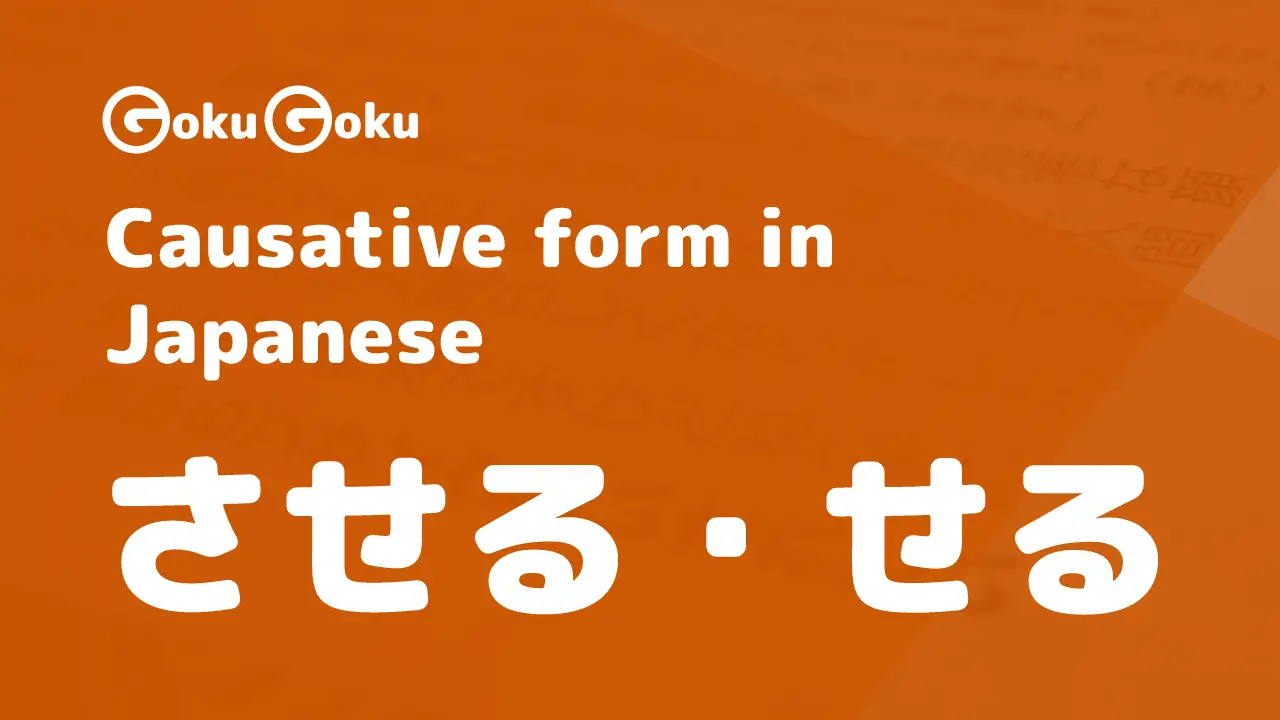How to Search a Kanji in Paper and Electronic Dictionaries
Anna Baffa Volpe
Get in touch with meHow do you search for a kanji? What methods exist to find a kanji in a paper and online dictionary? What can I do if I don't recognize and can't find a kanji?
Today we are dealing with an interesting and at the same time indispensable topic for those who study the Japanese and Chinese languages: the search for a kanji in a paper dictionary or through the electronic dictionaries that we find online.
How to search for a Kanji online
Any time you want to search a kanji online on a search engine, the keyword that is useful to learn is 検索:
検索, "search" and the relative verb is 検索する, "to search"
Let's first look at some words that characterize a kanji:

- 意味 the
meaning - 読み are the
readings: the 音読み on yomi thepronunciation on of Chinese originand the 訓読み kun yomiJapanese pronunciationof the term - 形 also reads かたち and is the
form, theimageof the ideogram - 画数 is the
number of strokes - 部首 the
radical, the keyword of the kanji - 部首の画数 the
number of strokes of the radical
書き順 is the order of strokes in the transcription of the kanji
Kanji Search Dictionaries
In Japanese we have two terms that are often used as synonyms for the word dictionary and they are:
辞典 'jiten' and 辞書 'jisho'
Dictionary 辞典 'jiten'
辞典 is a book that focuses on explaining the meaning and use of a particular word, kanji or language.
Common examples are foreign language dictionaries:
- 英和辞典
English-Japanese dictionary - 中和辞典
Chinese-Japanese dictionary - 伊和辞典
Italian-Japanese dictionary
辞典 are also books that deal with specific topics such as:
- 人名辞典
biographical dictionaries - 医学辞典
medical dictionaries - 百科辞典
encyclopedic dictionaries, translated literally as dictionaries of hundred (百) subjects (科)

Dictionary 辞書 'jisho'
辞書 is used as a synonym for 辞典, but in a broader sense it is not limited to books. 辞書 refers to general collections that organize and arrange the meanings and use of specific languages, kanji and words.
In our case, we need a dictionary for kanji, so it will be more useful to search for the term 辞典.

Paper Dictionaries and Electronic Dictionaries
Today we can use:
- 紙の辞書 the
paper dictionaryfrom 紙paper,sheet - 電子辞書 the
electronic dictionaryor - オンライン 辞書 the
online dictionary
Historical Dictionary of Kanji: Nelson
I used for the various steps of the search one of the dictionaries in my opinion most loved by those like us who have been dealing with the Japanese language for some time: The Modern Reader's Japanese-English Character Dictionary by Andrew N. Nelson. I used my personal dictionary, 1990 edition.
The Dictionary reports the various pronunciations of the kanji and the reading of 熟語 (jukugo) using Latin characters, the ローマ 字 (Rōmaji).
熟語 idiom
These are the various combinations of kanji with each other to form new words, usually nouns.
- The kanji 理 which indicates the
reason, theprinciplejoined to the kanji 科 which meanscourse,branch of study,matter, forms the word 理科 indicating thenatural sciences
Kanji Research Methods
Here we are, let's start now with the various kanji research methods that interest us.
Search starting from the readings of the kanji
- 漢字を読み方から検索
For example, we have the adjective: 上品な
Searching by pronunciation assumes that we know one of the readings of the kanji. For example, we know that a kun pronunciation of the first kanji is うえ and it means above, top.
Let's open to the reading index and find the pronunciation ue.

Going then to the page that shows the kanji nr 798, you will find:

Here are all the pronunciations and the various meanings attributed to this kanji.
However, we must search for a word composed of 2 kanji, so proceeding after the description of the single kanji, we have the whole list of words, 熟語 of 上 and we find by scrolling:

Here is the term we were looking for 上品:
- 上品さ means
elegance,refinement,grace - It becomes adjective with the addition of the particle な: 上品な,
distinguished,elegant,noble
What happens if we don't know any of the kanji pronunciations?
We have other methods available to help identify the kanji.
Research of the kanji starting from the radical
- 漢字を部首の画数からの検索
The search is based on the number of strokes of the radical. Depending on the kanji, the radical is immediately recognized, because it has already been observed and researched for other ideograms; other times it takes a few more steps.
Let's start with the kanji: 嫉
The root of this kanji is 女, the element that indicates the female, the woman. His 画数 is 3 strokes, so we open the radical index of the dictionary.

Next we go to the part of the radical 女, but we need to make an extra step in this case. The kanji we are looking for is articulated, as you can see in its right side there are other strokes.

Arriving at the part of the radical 女 we will have all the kanji containing this element combined with other strokes whose number starts from 1 in sequential order. We arrive at number 10 and thus we find the whole series of kanji with radical 女 and with 10 strokes that complete the kanji.
Here is our kanji 嫉 which means envy,jealousy, to be jealous.

Practice and observation lead us to identify the radical of the kanji in order to be able to search easily according to this criterion.

Search by number of kanji strokes
- 漢字を画数から検索
Another method for our research is that of the total number of strokes (画) of the kanji.
Let's go back to the previous kanji 嫉 which we know now has 13 画 strokes. Now let's proceed online, through a search engine and we can click 漢字の検索、画数

We will have a screen with several online dictionaries and by clicking on one of these we will be directed directly to the search by number of strokes.

In our case by clicking 13 画 we will have the whole long list of kanji that have 13 strokes. With patience and attention we find the kanji.

Research of the kanji by manual transcription
- 漢字手書き検索
If we have no idea of the radical, the ON and kun readings, if we don't know how to proceed, the method 手書き is great!
Let's do the test with the kanji:
起 Transcribed manually in the appropriate window and also in an irregular and harmonic way.

The kanji has been recognized. Obviously it depends on the precision in the manual entry, but as you can see the system reports various other kanji and it may happen that ours appears in the list, just not as the first element.

Here, by clicking on the kanji that the system has recognized, we enter the details with the pronunciations and description; the kanji object of the research is the verb 起きる, wake up, get up
These are some general guidelines for searching for kanji in print publications or for searching online. If you have any doubts or questions or if you want to share some of your ideas or methods particular, write us as well at our email address.
Thank you for your interest and for following our project!
また次の機会いに
See you next time!







